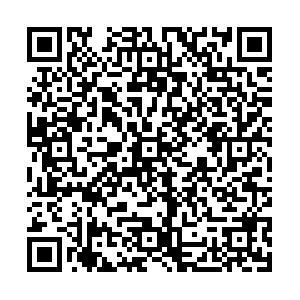Analysis on situation in outpatient return drugs process before and after intervention in our hospital
-
摘要: 目的 总结我院实施门诊退药干预的经验和教训。 方法 对我院 2011年和2012年门诊退药处方的退药原因和实施干预后的效果进行回顾性分析。 结果 自2012年实施退药干预后,门诊退药率由1.86‰降至0.7‰,干预效果显著。 结论 严格退药程序,积极退药反馈,加强门诊药师与退药患者沟通,是降低门诊退药率的有效措施。Abstract: Objective To summarize the experience and lessens after intervention in outpatient return drugs process. Methods Return-drugs prescriptions in 2011 and 2012 in our hospital were retrospectively analyzed, focusing on reasons of return drugs events and effects after intervention in return drugs process. Results After intervention in return drugs process since 2012, the outpatient return-drugs rate got down from1.86‰to 0.7‰. Conclusions The interventions such as strict return drugs program, feedback between pharmacists and prescribers in return drugs process, enhancing communication with patients and pharmacists to return drugs, were the effective measures in reducing the outpatient return drugs rate in our hospital.
-
[1] 孔飞飞,谭兴起,郭良君.医院药房退药中的风险管理[J].中国药物警戒,2011,8(2):102. [2] 国家中医药管理局总后勤部卫生部.医疗机构药事管理规定[S].2011. [3] 成 杰,蔡明江,杨鹏飞,等.某医院2011年度退药情况调查分析及对策[J].武警后勤学院学报:医学版,2013,22(2):103. [4] 王兆斌.2515张门急诊退药处方分析及管理对策[J].安徽医药,2012,16(12):1897. -

 点击查看大图
点击查看大图
计量
- 文章访问数: 2482
- HTML全文浏览量: 175
- PDF下载量: 87
- 被引次数: 0




 下载:
下载:
